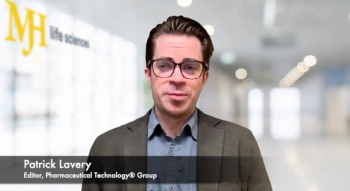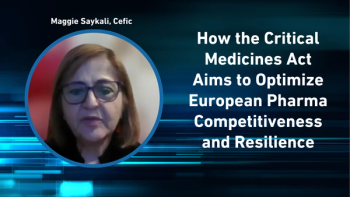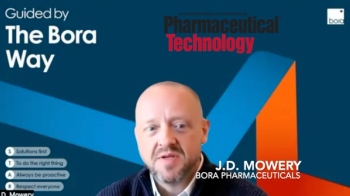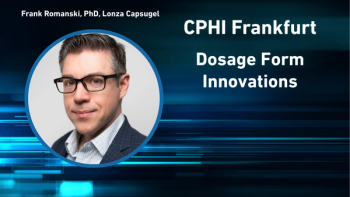
NIH Translational Research Partnership Yields Promising Therapy
A potential treatment for sickle cell disease has come through the “valley of death” of early-stage development due to support from a collaborative partnership established by the National Center for Advancing Translational Sciences (NCATS) at the National Institutes of Health (NIH).
A potential treatment for sickle cell disease has come through the “valley of death” of early-stage development due to support from a collaborative partnership established by the National Center for Advancing Translational Sciences (NCATS) at the National Institutes of Health (NIH). The results of early clinical trials demonstrated sufficient effectiveness in addressing the underlying cause of this high-profile disease to attract commercial interest-in this case from Baxter International, which announced July 9, 2014 the acquisition of Massachusetts-based AesRx and its experimental drug Aes-103, a small-molecule, oral drug for sickle cell disease.
NCATS director Christopher Austin cited this accomplishment as “truly historic” for NCATS and its Therapeutics for Rare and Neglected Diseases (TRND) program and validation for its collaborative model for de-risking drug-development programs. TRND forms public-private partnerships to conduct preclinical and early clinical testing of candidate drugs for rare and neglected conditions to the point where they will attract industry investment able to support large-scale testing, production, and registration.
Austin credits the project’s success to a highly collaborative development team, which included scientists from TRND, AesRx, the NIH’s National Heart, Lung and Blood Institute (NIHLBI) and other NCATS programs. “Our partners were exemplary,” he comments, emphasizing their willingness to share data in real time and their considerable expertise.
The Aes-103 compound was not that promising to begin with, Austin acknowledges, noting that it has an unusual mechanism of action and faced difficult clinical and regulatory issues. Researchers have known the genetic basis of sickle cell disease for 65 years, but have not been able to develop effective treatments with low toxicity. Afflicted patients have a genetic defect that causes red blood cells to become rigid, which leads to clots and blocked blood vessels that can cause serious pain and life-threatening illness. The disease affects only 100,000 individuals in the US, primarily African-Americans, and 13 million worldwide, largely in developing nations. Despite its designation as an orphan drug, AesRx had difficulty obtaining private financing for development. That made it a prime candidate for TRND; Aes-103 was one of the first TRND projects when the program began its pilot phase five years ago.
The Aes-103 project will be developed by Baxter BioScience, which is being spun off by Baxter International to manage its $6 billion biopharmaceuticals business, stated Baxter BioScience CEO Ludwig Hantson. The firm’s portfolio includes therapies to treat hemophilia and other bleeding disorders, a good fit for a new treatment for sickle cell disease.
TRND now has 15 active projects supported by a $23 million annual budget. Several of the early development programs have been discontinued or taken back by biopharma sponsors, but Austin expects to announce the hand-off of additional projects in the near future-a signal that they have been sufficiently de-risked to move forward commercially. With many potential therapies for neglected diseases facing similar risks, Austin sees a “compelling need” for TRND to apply its model to many more untreated conditions.
Newsletter
Get the essential updates shaping the future of pharma manufacturing and compliance—subscribe today to Pharmaceutical Technology and never miss a breakthrough.





